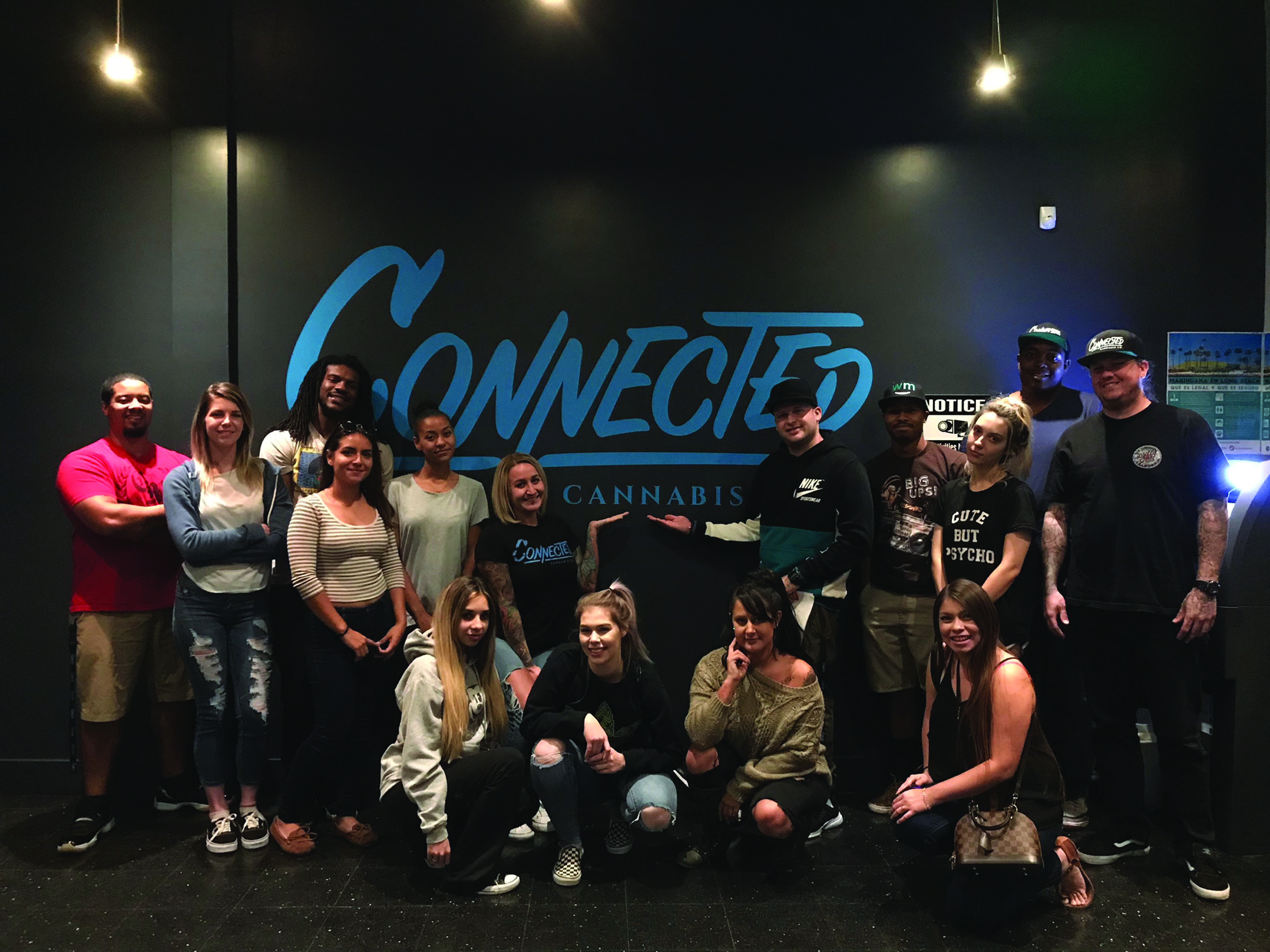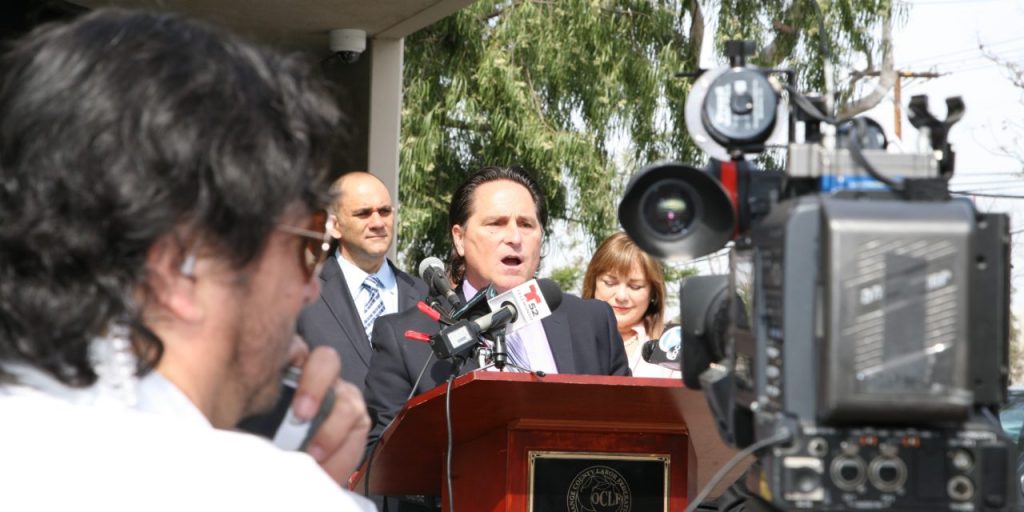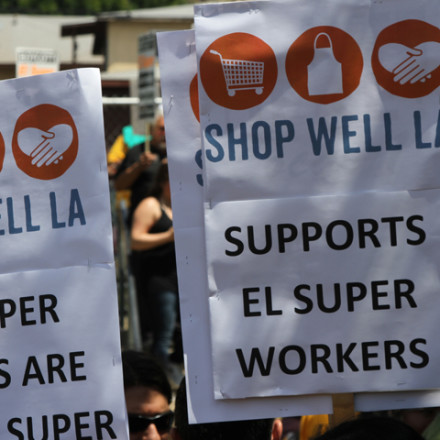It has been 20 years since California voters approved the use of medical marijuana. Sadly, the ballot initiative that sought to bring at least some closure to the contentious debate ended up creating an even bigger controversy. Four presidential administrations maintained policies that classify marijuana as a dangerous narcotic and federal agents have routinely seized the assets of California growers who sought to distribute the substance according to the guidelines established in the state.
The aggressive stance against cannabis has eased somewhat as more states follow California’s lead and legalize the substance. Perhaps the only element of the ongoing debate to remain constant from day one has been this: the men and women employed in the medical cannabis industry need a union.

They are workers with the same needs and who face the same challenges as retail workers everywhere and the only way their status is going to change is when they join the ranks of Organized Labor. The UFCW, which has represented workers in the medical field as well as retail and commercial sectors, is the natural choice to represent the thousands of workers employed by dispensaries statewide.
The UFCW’s effort to unionize these workers began about five years ago in Northern California and has gradually spread southward. About 20 employees of South Coast Safe Access, a Costa Mesa based dispensary, became the first in the medical cannabis industry to join our ranks in March of 2016.
Overnight, workers there received medical benefits, a pay increase, full-time work guarantees, vacation and sick pay, a grievance procedure and other protections—legions ahead of what workers in other dispensaries receive for doing the exact same work.
California law requires that cannabis dispensaries have “labor peace agreements” in place by 2018, a factor that should bolster the number of workers joining our ranks. As our numbers grow it brings with it an added benefit for the industry, the communities where they do business and for our local. That is to professionalize the workforce that staffs these facilities, gradually creating a new image for an industry that is in danger of losing the very public support that created it in the first place.




